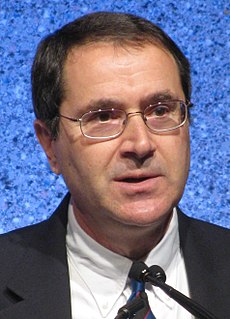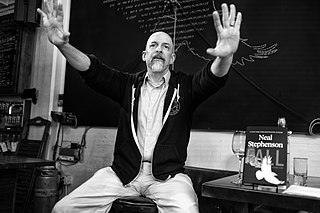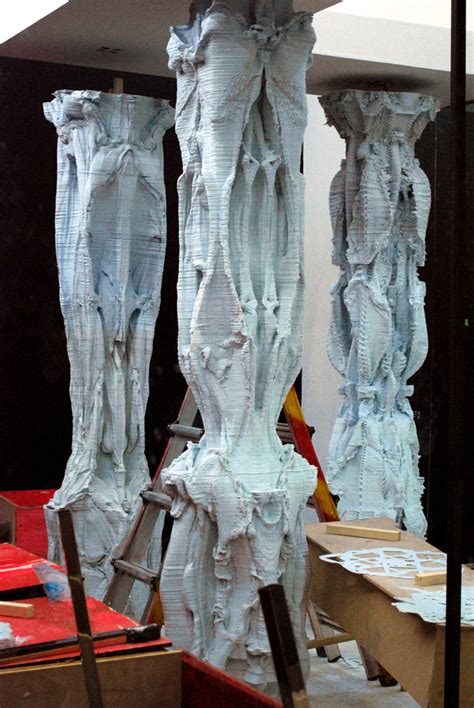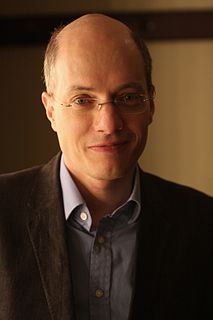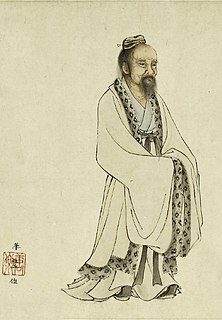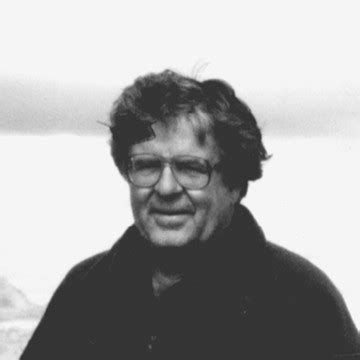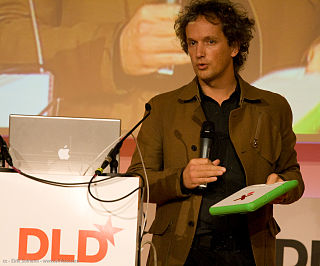A Quote by Michael Graves
I grew up in a time when Eames and Le Corbusier and Frank Lloyd Wright and other architects were putting their furniture and objects on the market. You could buy some of those objects on the open market. Eames was a huge influence on all of us in school.
Related Quotes
Titian and Rembrandt, Monet and Rodin, Frank Lloyd Wright and Le Corbusier, Mark Twain and Henry James, Robert Frost and Elizabeth Bishop, to name a few. Twain wrote 'Tom Sawyer' at 41 and bettered it with 'Huckleberry Finn' at 50; Wright completed Fallingwater at 72 and worked on the Guggenheim Museum until his death at 91.
An old market had stood there until I'd been about six years old, when the authorities had renamed it the Olde Market, destroyed it, and built a new market devoted to selling T-shirts and other objects with pictures of the old market. Meanwhile, the people who had operated the little stalls in the old market had gone elsewhere and set up a thing on the edge of town that was now called the New Market even though it was actually the old market.
When he tries to extend his power over objects, those objects gain control of him. He who is controlled by objects loses possession of his inner self... Prisoners in the world of object, they have no choice but to submit to the demands of matter! They are pressed down and crushed by external forces: fashion, the market, events, public opinion. Never in a whole lifetime do they recover their right mind!... What a pity!
There are hundreds of Frank Lloyd Wright buildings around the United States and in other countries, too. Wright lived into his 90s, and one of his most famous buildings, the Guggenheim Museum in New York, was completed just before his death. Wright buildings look like Wright buildings - that is their paradox.
Too many people are apt to redeem their profits too quickly. In a huge bull market they wind up with piddling profits, only to watch their former holdings soar. That usually prompts them into making mistakes later when, believing that the market owes them some money, they buy at the wrong time at much higher levels.
I truly believe that we're about to enter a second golden age of design. The first one was in the '50s and '60s, when designers like Raymond Loewy, Charles Eames, George Nelson and Dieter Rams were shepherds of the brands they were working with. They had influence over the products and how companies communicated and promoted themselves.

